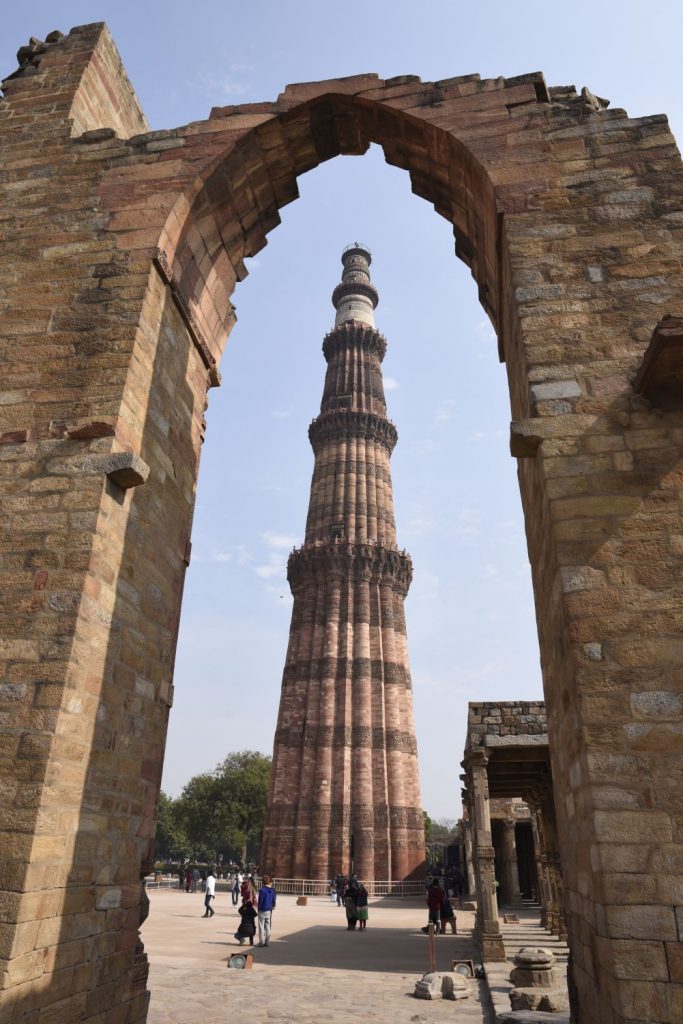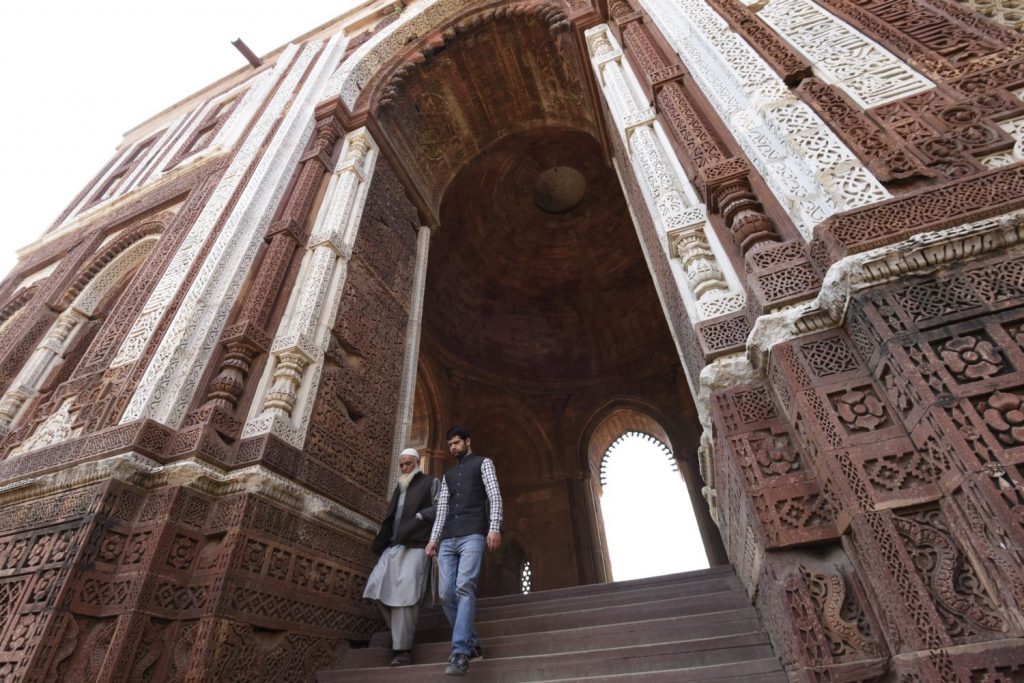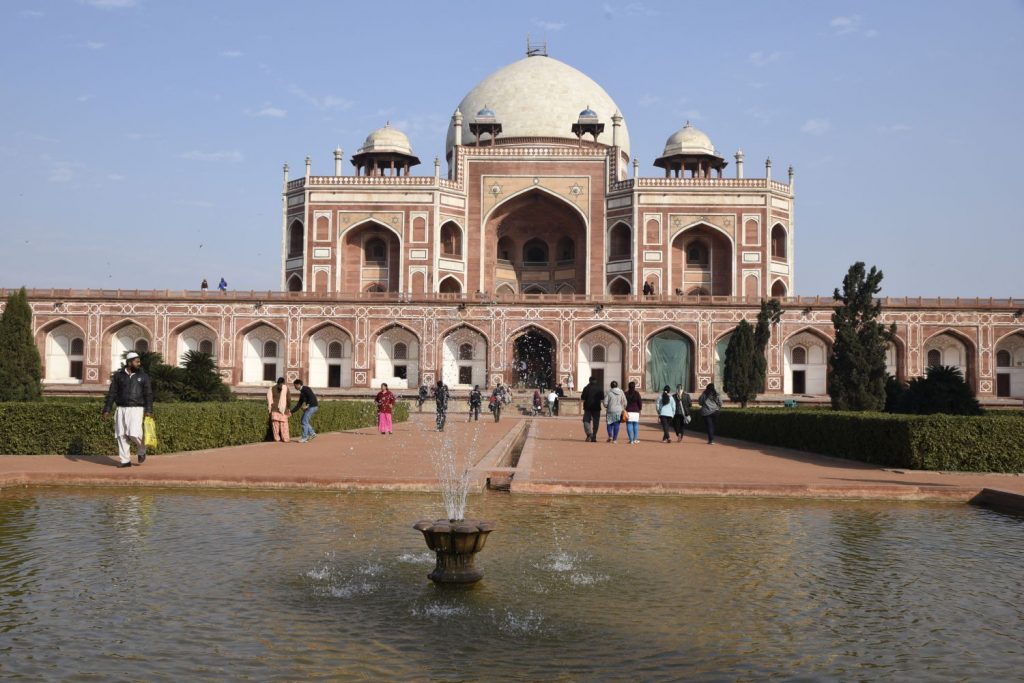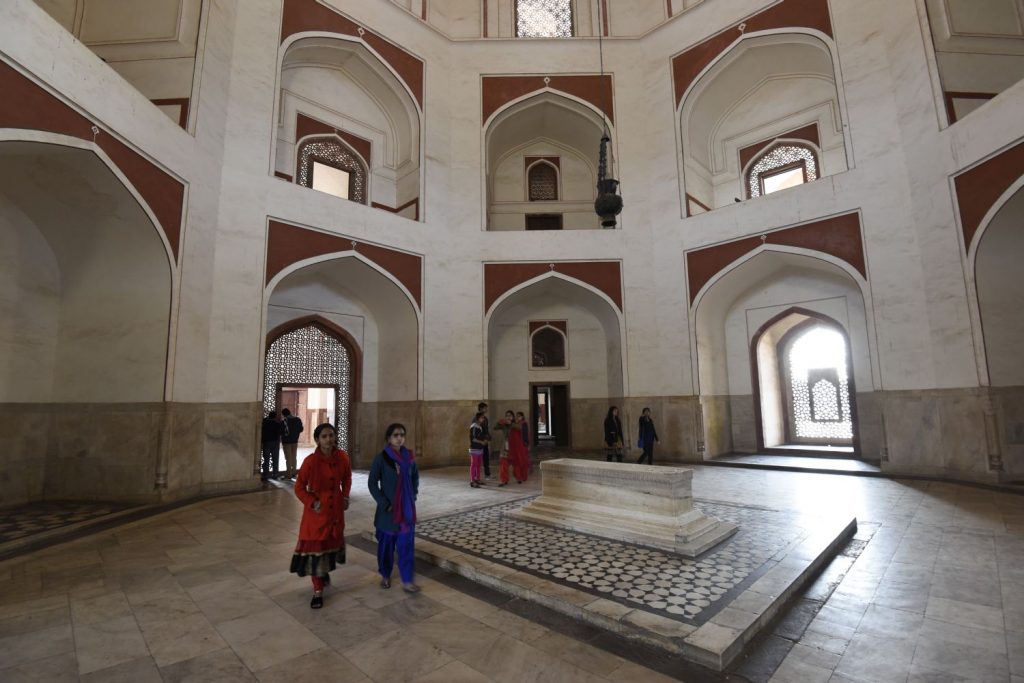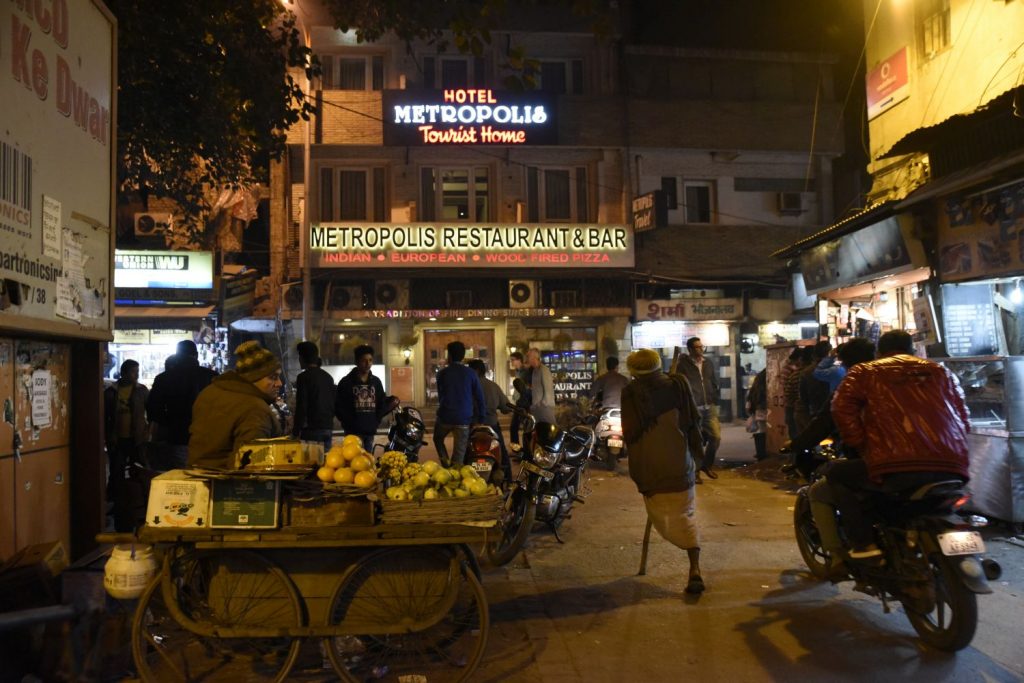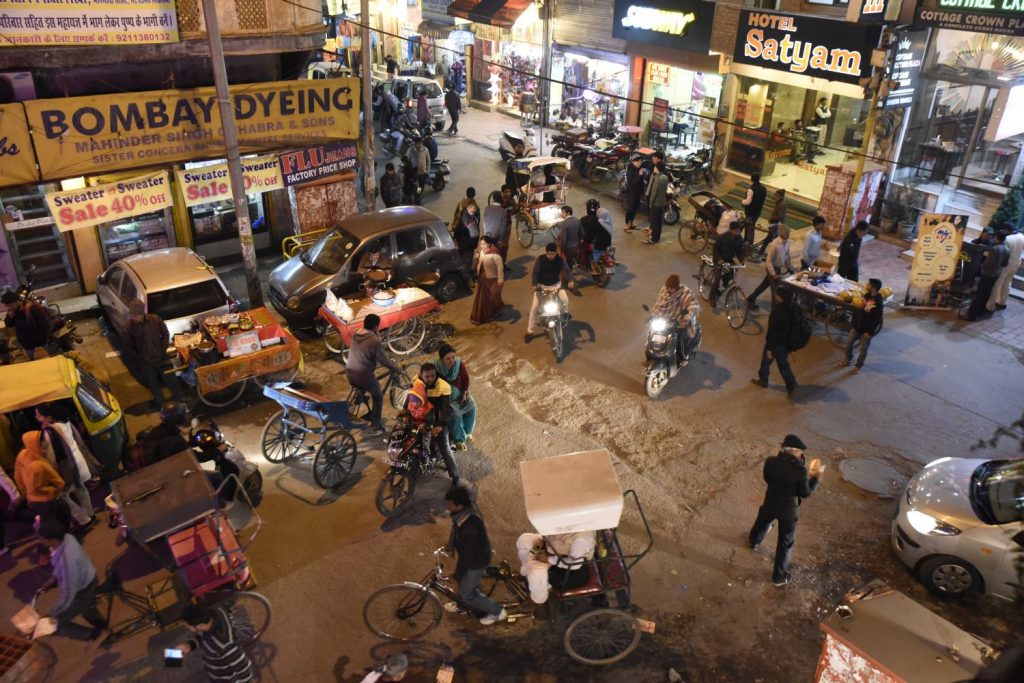
India is the opposite of Japan in so many ways.
I arrived at Indira Gandhi International Airport in New Delhi this morning after midnight. So much came back to me – the smells, the confusion, the mad congestion, the aggressive touts – it was almost like I hadn’t ever left.
India has a couple things in common with Japan:
Both are in Asia
Both drive on the British (“wrong”) side of the road.
Beyond that, there’s not much else the two countries have in common.
Japan is mainly a homogeneous society with little ethnic and cultural diversity.
They have a saying: “The nail that sticks up gets hammered down.”
People conform and they are polite to extremes.
India is a rich heterogeneous mix of cultures, religions, languages and ethnicities. The latter point struck me when I was riding on the Metro (subway) in Delhi and opposite me were a couple woman who seemed almost white other than a tanned look and a few seats over was a very dark man, quite likely South Indian.
Japan is a nation of germaphobes if the many people wearing surgical masks is an indication. India is definitely not, though in my one day in Delhi it seems like things have been cleaned up since I was last here 38 years ago. There are no more cows in the streets and railway stations, in New Delhi at least, and I saw litter being swept up.
Before leaving the airport, I picked up an Indian SIM card so that I can use my cell phone here for voice and data. It is now activated since this afternoon.
I then stepped out and faced the horde.
“Taxi sir? Where are you going? Where you want to go?”
I made my own way to the pre-paid taxi stand, only to find out that one of the men who had been accosting me the most aggressively was the driver assigned to me.
He told me my hotel address wasn’t complete because it didn’t say what block it was on. I knew this was nonsense and I feared I would be diverted to another hotel that would pay the driver a commission. It was now 1:30 a.m. local time and nearly dawn Japanese time and I was too tired for one of those Indian taxi experiences that the pre-paid stand is supposed to avoid.
The driver wanted to know if it was my first time in India – a question often asked to determine how naïve a tourist will be to a scam.
I insisted I had been to India twice before and tried to throw a little Hindi into the conversation. I also told the driver to take me to a Metro station near the hotel if he didn’t want to take me to the hotel.
He told me many streets were blocked because of the Republic Day festivities and the coincidental visit by U.S. President Barrack Obama. There was probably some truth to this, though I think he exaggerated the difficulty.
At one point he turned around and drove a block on a one-way street on the wrong (for India) side into steady oncoming traffic. I don’t think drivers do that in Japan.
Finally, he asked locally for the location of the hotel and took me there. I was almost delirious with exhaustion, but was wired as at last I lay in a bed.
I had planned to sleep in, but the honking horns on the street outside my window woke me early and I couldn’t get back to sleep. I made my way to New Delhi railway station where I planned to use the tourist booking office there to book my remaining train tickets that I had been unable to book online.
Going into and leaving the station, I was pounced upon by more aggressive touts. The booking went well except the woman was unable to get me a place on one train trip that I was on a waitlist for. Oh well, I may have an adventure ahead.
Finally, I got a motor rickshaw over to Connaught Circus, zig-zagging and weaving through a fury of chaotic Indian traffic. I just had to have faith that the driver knew what he was doing.
The addition of the Metro is a big change to transportation in Delhi. It goes throughout the city and I picked up a three-day unlimited use pass. Though crowded often, it is a nice alternative to taxis and motor rickshaws. You need to go through a metal detector and have bags X-rayed to get on the Metro and there are continuous warnings that unattended packages could be bombs. The terrorist attacks in Mumbai a few years ago have India worried about a repeat.
I then set out to do some sightseeing.
First stop was the Qutb Minar complex in the south of Delhi. This features a minaret, a mosque and elaborate tombs built by the Afghan rulers in the 1100s. It’s one of Delhi’s major tourist attractions and I did visit it in 1977. Still, the architecture is beautiful as an early example of Indo-Islamic architecture. I enjoyed watching the Indian tourists. I even saw a few Japanese tourists wearing surgical masks.
In a similar vein, but different century, I then visited Homayun’s tomb, which was a 1500s Moghul precursor to the Taj Mahal. It had gardens with green parakeets and other birds flying around.
Finally I returned to my hotel to watch the life in the chaotic street below my small balcony overlooking the Main Bazaar.
Tomorrow I plan to visit Old Delhi before catching an overnight train to Haridwar in Uttarakhand in the foothills of the Himalayas.
Despite the touts and other annoyances, it feels good to be back in India.
